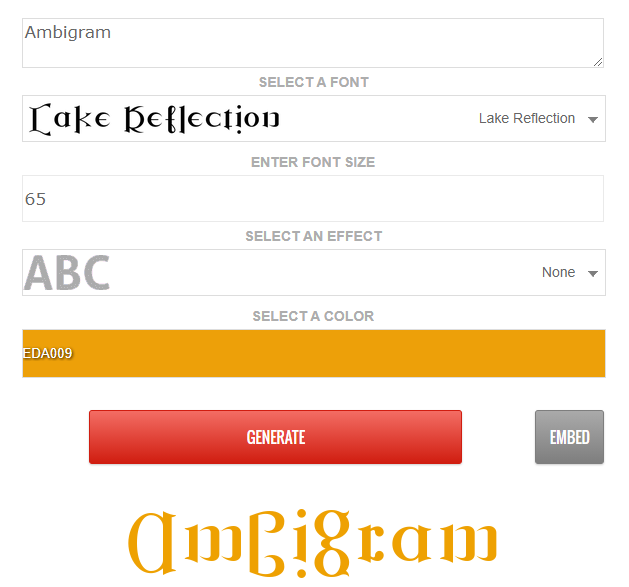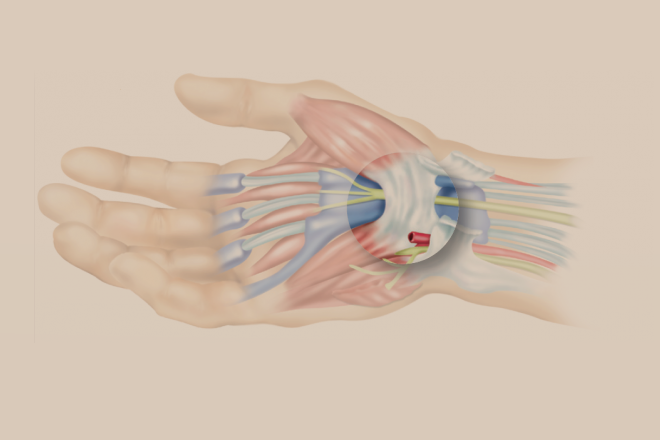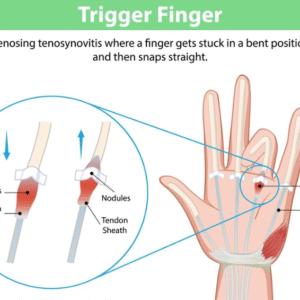Teen texting codes are used to hide the true meaning of a message from parents or others. As a parent, it’s important to be aware of these codes in order to better understand your child’s communication and ensure their safety.
Parents who give their children smartphones these days believe they can keep an eye on everything their children do. But in reality, they are unaware of how much more smarter children may be than their parents.
They use various tricks to keep their parents unaware of their online activities. In order to keep their chats private from their parents, kids typically use secret texting codes.
If you are a parent and want to keep an eye on your children to protect them from dangers, read this article. This article will go over what kids talk about teen texting codes and what parents can do if their children are using foul language.
Texting codes of teens
Texting is itself a word that young teens use instead of the word messaging. They converse via chat, direct messages, tweets, snaps, posts, and social media comments on their phones. Additionally, their conversation is mostly monotonous and repetitive, like background music. Throughout all of this conversation, a language—or code—emerges, just as it did for every generation before. Now, it takes the form of acronyms, hashtags, and emoticons.
Parents are searching frantically on Google to understand the terminology, even though it is fully understood among teens. Moreover, this language is always evolving. The list will be updated on a regular basis since, over time, it can grow and shrink, and certain acronyms and symbols (emojis) can have wholly different meanings. Emojis have been introduced this time (scroll to the bottom), as those potent tiny graphic symbols have revolutionized communication in the human race. Read below to learn the texting codes of teens that parents should know.
Harmless teen texting codes
This list is presented with a crucial disclaimer that teen texting slang isn’t always negative or intended to mislead or cause harm. With little associated hazard or risk, the majority of terminology and symbols have evolved into a sort of deft shorthand for quick-thinking fingers. Assume the best of them if you are keeping an eye on your children’s phones or see references you don’t understand (then, of course, do your homework).
For example, there are dozens of innocuous terms like,
- Gucci (excellent, awesome, or costly)
- Skeet (let’s go)
- Finna (fixing to do something)
- AMIRITE (am I right?)
- IDK (I don’t really know)
- OOTD (outfit of the day)
- MCE (my crush every day)
- HMU (hit me up, call me)
- W/E (whatever)
- AFK (away from keyboard)
- RTWT (read the entire thread)
- CWYL (chat with you later)
- Ship (relationship)
- CYT (see you tomorrow)
- SO (significant other)
These are potential bullying slang text codes
Bullying text codes are normally used in fights, heated gaming sessions, and when texting about problems. Watch out for these text codes and prevent your teen from engaging in dangerous situations. Sometimes, these texts can be part of the teen culture, so you should also try to understand the context before judging them and trying to warm them.
- Ghost: to end contact with someone on purpose
- Boujee: Rich or pretending to be rich
- Sip tea: mind your own work
- The tea is so hot: interesting gossip
- AYFKM? : are you fucking kidding me?
- Thirsty: adjective describing a desperate-acting, needy, or clingy person
- Basic: annoying person, interested in boring things
- Extra: Over-the-top, extra, and dramatic person
- TBH: to be honest (sometimes followed by defensive comments)
- Zerg: to gang up on someone (a gaming term that has evolved into a bullying term)
- KYS: kill yourself
- SWYP: so what’s your problem? (also used when angry)
- 182: I hate you
- Curve: rejecting someone
- Shade: throwing shade or putting someone down.
- POS: Piece of shit (cussing someone)
- WTF: what the fuck
- Derp: stupid
- Lsr: loser
- Butters: ugly
- Jelly: jealous
- Subtweet: talking about someone but not using their username
- Bizzle: another word for bitch
- THOT: a promiscuous girl
- YAG: you are gay
- Cyber pretty: saying a person only looks good online with app filters
- Beyouch: another word for bitch
- RAB: rude ass bitch
- IMHO: in my honest opinion
- IMNSHO: in my not-so-honest opinion
- NISM: need I say more?
These are some of the risky behavior slang text codes
Risky behavior can include trying to hurt other people, trying to do self-harm, and other activities that inflict pain to your teen child’s life. If your teen kid uses these text codes in their messages, then they might be talking about it with their friends. You should watch out for these text codes to prevent them from getting hurt or hurting others.
Risky behavior talks also include texting codes related to other categories. This includes texting codes related to sexual activities, drugs, talking about parents, violence, etc. So, you need to learn these to help your teen kid stay away from dangerous activities and thoughts.
- Broken: hungover
- Posted: high or drunk
- Belfie: self-portrait (selfie) featuring the buttocks
- OC: open crib or party at my house
- PIR: parents in the room
- 9, CD9, Code 9: parents here
- 99: parents gone
- Smash: to have casual sex
- Slide into my DM: start talking through the direct message feature on a social network with sexual intentions.
- A3: Anytime, anywhere, anyplace
- WTTP: want to trade pictures?
- S2R: send to receive (pictures)
- sugarpic: this refers to an attractive or erotic photograph
- TDTM: talk dirty to me
- KMS: kill myself
- AITR: adults in the room
- KPC: keeping parents clueless
- 1174: invite to a wild party, usually with mention of the address of the place
- 53X : sex
- Chirped: got caught
- Cu46: See you for sex
- TDTM: talk dirty to me
- LMIRL: let’s meet in real life
- GNRN: get naked right now
- Pron: porn
- NSFW: not safe for work. This means the content usually contains nudity.
- Livingdangerously: this means taking selfies while driving or doing other unsafe behavior.
- Kik: let us go talk on kik instant message app instead
- Sue: suicide
- Dep: depression
- Svv: self-harming behavior
- SN: send nudes
- Nend sudes: this means another way to text SN/send nudes
- PNP: party and play (drugs + sex)
- Frape: Shorthand for Facebook rape. This also means posting to a person’s profile when they leave it logged in. This is normally not seen much in the conversation of today’s teenagers. But it is useful to store this in your mind anyway.
These are some of the drug-related slang text codes
Getting involved in drug related things as a teenage person is one of the worst things that can happen to your kid. So you should learn the drug-related teen text codes to know if they are talking about drugs and are trying to take them or get them for anyone else. You should also watch for these text codes to prevent them from being friends with people who deal with drugs.
- 420, bud, tree: Marijuana
- Blow, mayo, white lady, or rock, snow, yay, yale, or yeyo, yank, yahoo: Cocaine
- Special K: ketamine, liquid tranquilizer
- Pearls: a nicely rolled blunt
- Dabbing: taking concentrated doses of marijuana. This began as a dance craze.
- DOC: drug of choice
- Turnt up / turnt: high or drunk
- Geeked up: being high
- Bar: Xanax pill
- Bar out: to take a Xanax pill
- Baseball: crack cocaine
- Skrill: Money
- Bread: money
- CID: acid
- E, XTC: Ecstasy
- Hazel: heroin
- Blue Boogers: snorting Adderall or Ritalin
- Pharming: Trying to reach the right medicine cabinets to find available drugs to get high
- Oxy, perks, vikes: opioids
- Robo-tripping: consuming cough syrup to get high
- Tweaking: high on amphetamines
- Wings: cocaine, heroin
- Speed, crank, uppers, Crystal or Tina: meth
Red flag emojis
As a parent of a teen, you might think texting codes are only made of alphabets. But teens also use emojis as a shorthand for certain words. They also use it to hide their conversation if they are talking about sensitive or secret topics. So watch out for these emojis in your teen’s messages to protect them from getting into trouble.
- Frog: an ugly person
- Frog + tea (coffee) cup: that’s the tea (gossip)
- Any kind of green plant/leaves: Marijuana
- Maple leaf: marijuana
- Broccoli: Marijuana
- Smoke puff or gasoline: get high
- Snowflake: cocaine
- Person skiing: cocaine
- Pill: ecstasy or MDMA for sale
- Face with steam from the nose: MDMA drug
- Rocket: high potency drug for sale
- Syringe: heroin
- Diamond: crystal meth, crack cocaine for sale
- Skull: die
- Knife + screaming face: calling someone a psycho
- Bowling ball + person running: I’m gonna hit you, coming for you
- Flowers: drugs
- Dollar sign: it’s for sale
- Syringe: heroine (also tattoo)
- Cat with heart eyes: sex
- Purple face with horns: sex
- Gas pump: sex
- Tongue, eggplant, water drops, banana, peach, taco, cherries, or drooling face, rocket: sex
- Rose, rosette, cherry, pink cherry blossom, growing heart, airplane, and crown: are emojis that refer to sex trafficking.
Your best bet for learning about what your children are doing online is to pay attention and trust your own judgment. On your child’s phone, if something doesn’t seem right, use your gut instinct and investigate more. It’s not necessary to be familiar with every word or sign; being mindful and engaged is more crucial.
Final thoughts
Teenagers use over a thousand code terms, and more are added every day. Even though you are unable to know every code word, you should learn the common ones so that you can know if they are up to bad things.






